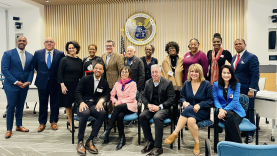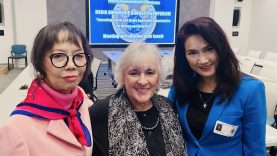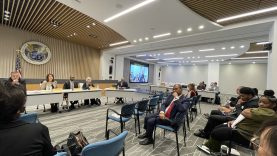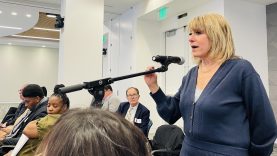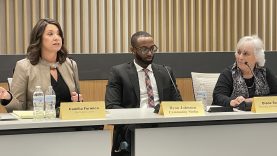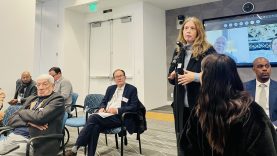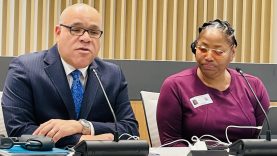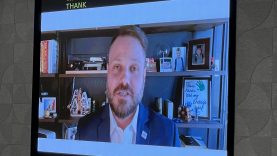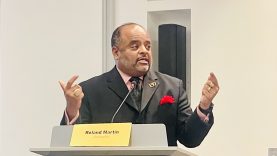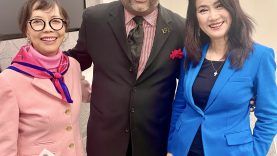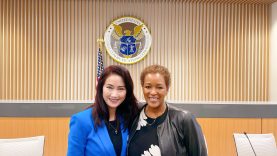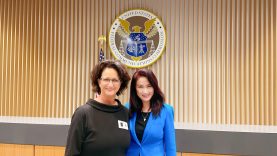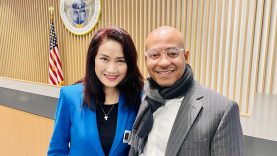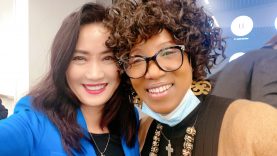Expanding Digital and Media Ownership Opportunities for Women and Minorities
The FCC’s Communications Equity and Diversity Council (CEDC) hosted this symposium. The goal of this full-day symposium, “Expanding Digital and Media Ownership Opportunities for Women and Minorities,” was to explore the challenges as well as possible creative solutions to increasing ownership opportunities for women and people of color to achieve success and viewpoint diversity in all facets of media – TV, radio, cable, and streaming. This meeting was open to the public on February 7, 2023 at FCC headquarters and on the Internet via live feed from the FCC’s web page at www.fcc.gov/live and on the FCC’s YouTube channel. For more information, see https://www.fcc.gov/news-events/event…
FCC美国联邦通信公平与多元化委员会 (CEDC) 于2023年2月7日主办了为期一天的研讨会,目标是“扩大女性和少数族裔的数字媒体和传统媒体所有权机会”。 旨在探讨行业挑战以及可能的创造性解决方案,以增加女性和有色人种的所有权机会,与会者包括电视、广播、有线电视和流媒体。 该会议于 2023 年 2 月 7 日在 FCC 总部和互联网上通过 FCC 网页 www.fcc.gov/live 和 FCC 的 YouTube 频道的现场直播向公众开放。 有关详细信息,请参阅 https://www.fcc.gov/news-events/event...
Endangered Species’
From: Communications Daily
CEDC Symposium Sees Ad Opportunities, Concern About ‘Extinction’ FCC media ownership data shows little growth in diversity, but federal broadband infrastructure funds and advertiser and lender commitments to diversity make this a time of opportunity for minority and women-owned media companies, said panelists Tuesday at the Communications Equity and Diversity Council’s Media Ownership Diversity Symposium. Meruelo Media CEO Otto Padron called the FCC’s biennial media ownership data “an extinction report,” but Urban One CEO Alfred Liggins said “this is the first time being a minority-owned company or black-owned company has netted us a positive economic opportunity.”

“We need to do better,” said FCC Commissioner Geoffrey Starks about FCC media ownership numbers (see 2301270068) in remarks kicking off the event, which had a mix of in-person and virtual attendees. “Some figures are up, some are down—but overall, this is not a report card that I’m proud to announce to Americans everywhere.”
Numerous speakers at the event said advertising buys for minority-owned broadcast and other media companies are on the rise because of concerted efforts by companies such as Procter & Gamble and General Motors to increase spending with diverse companies. Advertisers focusing on spending with diverse businesses have the potential to “change the trajectory” for those companies, said Liggins.
Cxmmunity Media CEO Ryan Johnson said businesses sought his company after the killing of George Floyd because of its focus on e-sports for historically black colleges and universities. Those large companies committing to diverse spending are making long-term commitments to do so, said Rejon Thomas-Ferdinand, vice president for Publicis Media’s Once & For All Coalition. The focus on diverse businesses also extends to lenders, said Niles Stewart, Lendistry senior vice president-Northeast. “It is a great time for access to capital.” Not every panelist agreed. Circle City Broadcasting CEO DuJuan McCoy and Padron said large companies don’t treat smaller, minority-owned companies the same as their larger counterparts. Minority-owned companies don’t get parity in advertising dollars, Padron said. “We don’t get the respect we deserve when we deliver the eyeballs, earballs, whatever you want to deliver.”
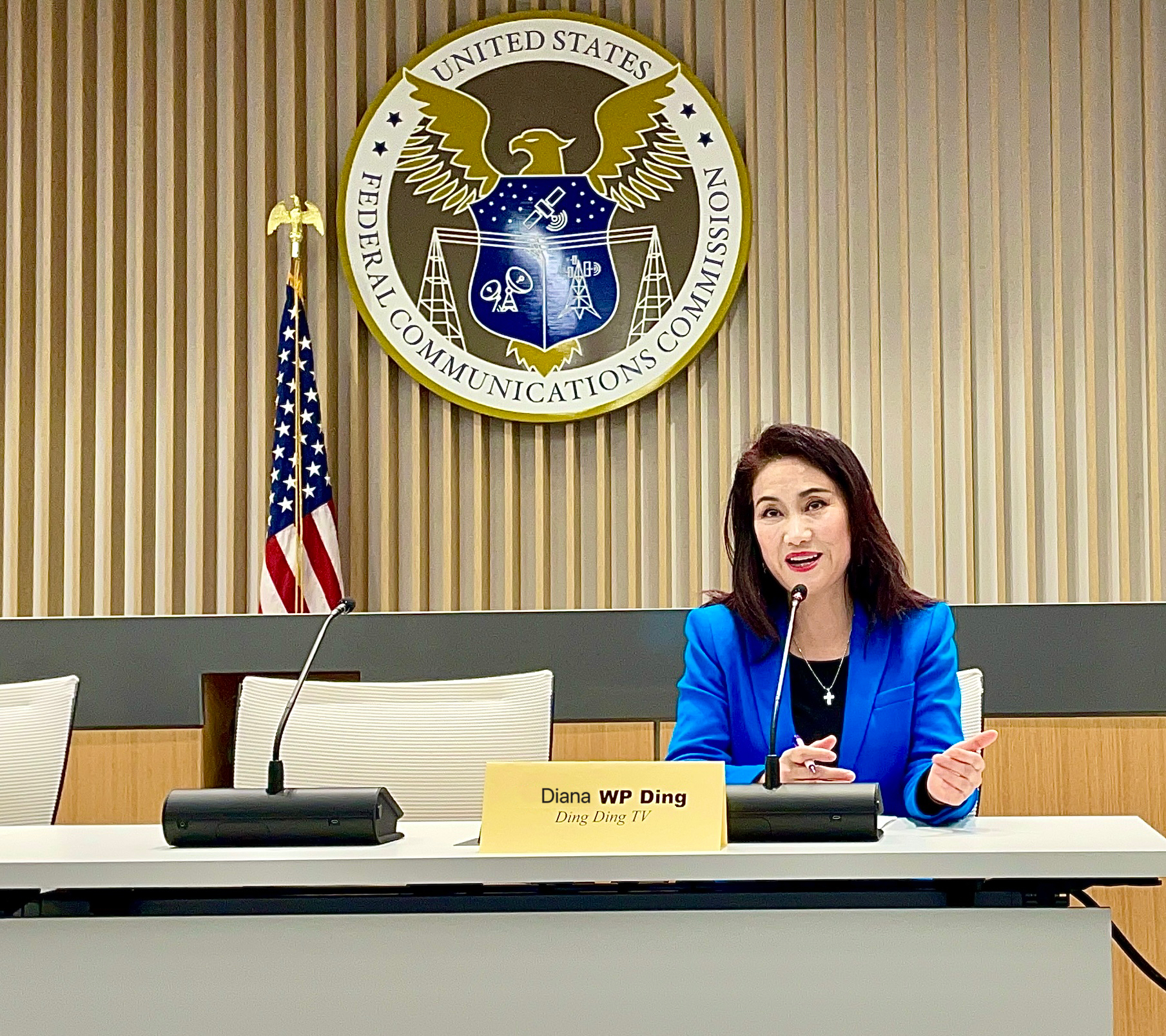 Further opportunities for media companies could come from the Infrastructure Investment and Jobs Act, said CEDC Vice Chair Susan Au Allen, CEO of the US Pan Asian American Chamber of Education Foundation. The legislation contains provisions for funding the dissemination of information, and several panelists—including Ding Ding TV CEO Diana Ding—said it could help media companies. The CEDC previously made recommendations about “the nexus between supplier diversity/procurement of a range of products and services and the IIJA,” emailed Jamila-Bess Johnson, the council’s FCC-designated federal officer. The FCC’s NPRM on digital discrimination also contains “several recommendations for best practices for states and localities to utilize diverse vendors, including media outlets owned by diverse entrepreneurs,” she said.
Further opportunities for media companies could come from the Infrastructure Investment and Jobs Act, said CEDC Vice Chair Susan Au Allen, CEO of the US Pan Asian American Chamber of Education Foundation. The legislation contains provisions for funding the dissemination of information, and several panelists—including Ding Ding TV CEO Diana Ding—said it could help media companies. The CEDC previously made recommendations about “the nexus between supplier diversity/procurement of a range of products and services and the IIJA,” emailed Jamila-Bess Johnson, the council’s FCC-designated federal officer. The FCC’s NPRM on digital discrimination also contains “several recommendations for best practices for states and localities to utilize diverse vendors, including media outlets owned by diverse entrepreneurs,” she said.
The FCC and diversity advocates need to take “a proactive approach” to improving minority ownership, by requiring divestitures to minority-owned companies and advocating for a restored minority tax certificate, said McCoy. “You have to incentivize” the “huge white-owned companies” to act or they won’t do so, he said: “Shareholders don’t give a crap about morality.” Bringing back the tax certificate with the current makeup of Congress and the primacy of issues such as impending recession and pandemics is “a tough row to hoe,” said ShootingStar Broadcasting Diane Sutter. Broadcast diversity is “not a bread and butter issue” for most legislators. Spanish Broadcasting Systems President Albert Rodriguez said the tax certificate should be rebranded the “new majority tax certificate” to reflect the country’s changing demographics, while Sutter suggested it be couched as a business stimulation bill.
Liggins and other speakers suggested streaming networks and digital media should also be part of the minority ownership conversation. The focus should be “Not just the number of radio and TV stations people own, but the number of businesses people own,” he said. Starks also said he has hopes for increased diversity and representation in the streaming industry. “I continue to believe in the reach and power of broadcast—but particularly when we’re thinking about growth and access to capital, newer formats and platforms are a powerful place to establish a next generation of media leaders.” Minority-owned broadcasters are “an endangered species” without proactive action, said Padron.
The above article is from “Communications Daily”
On Facebook:
Pictures from Media Ownership Diversity Symposium by Ding Ding TV
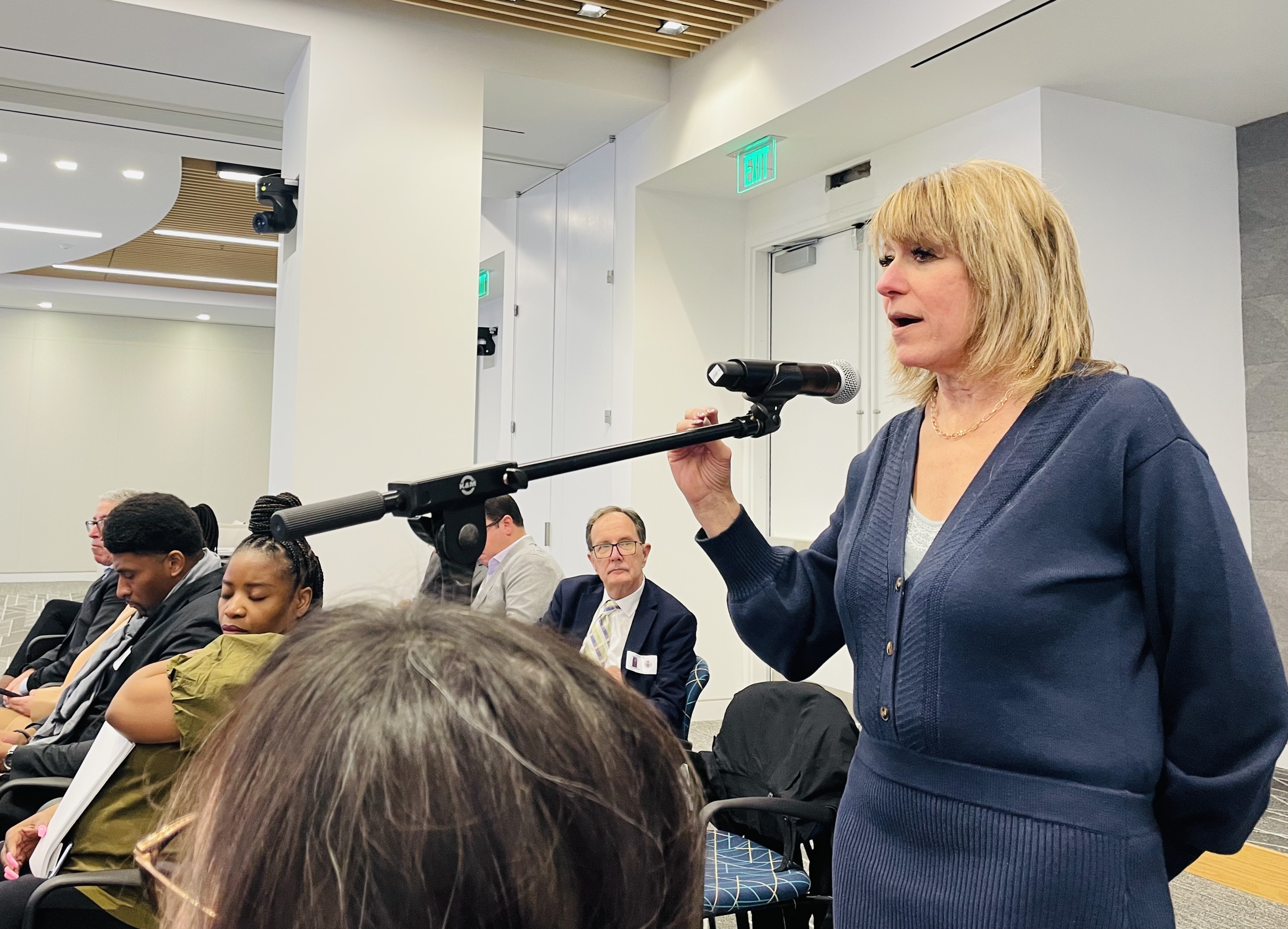 |
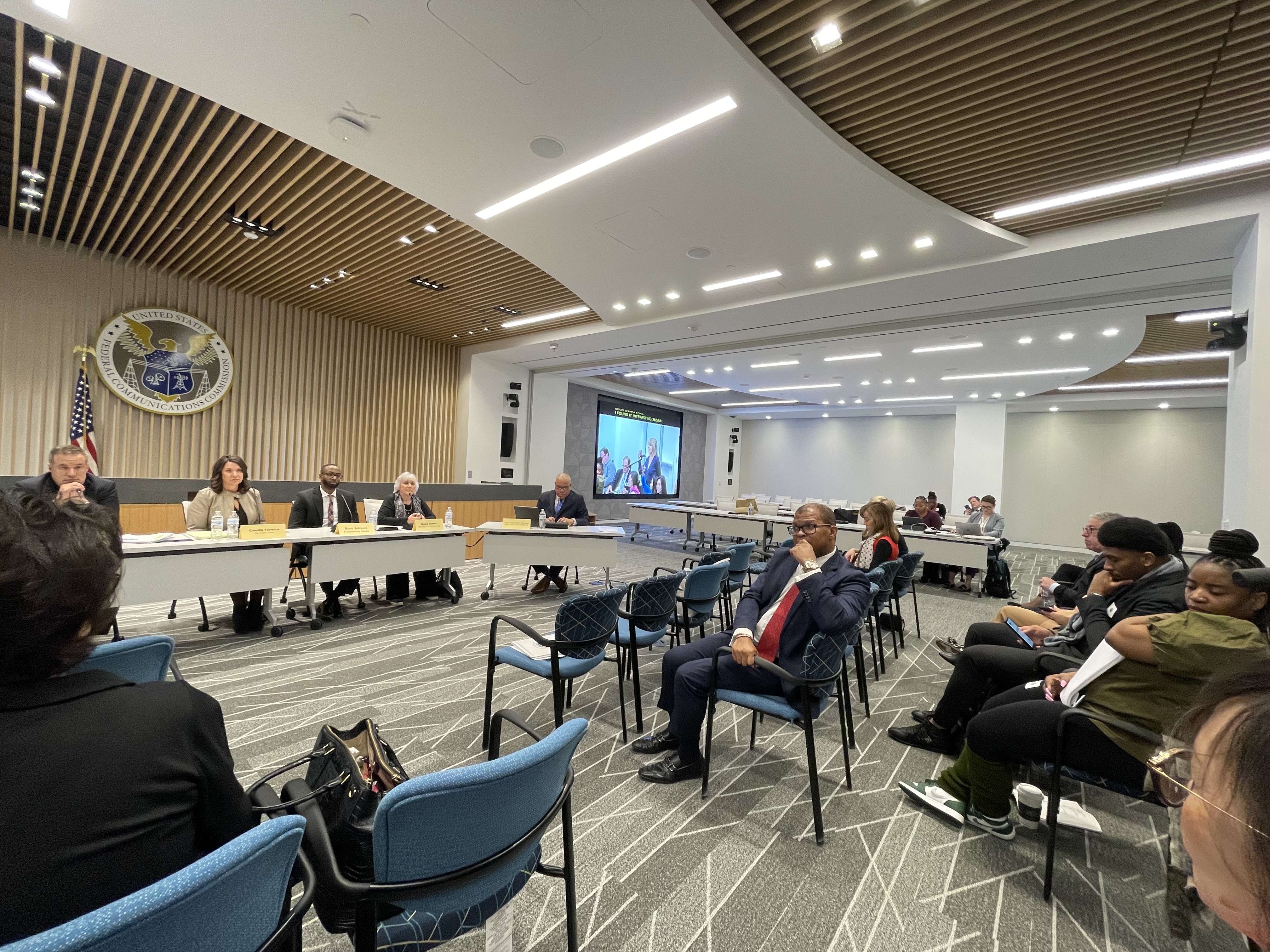 |
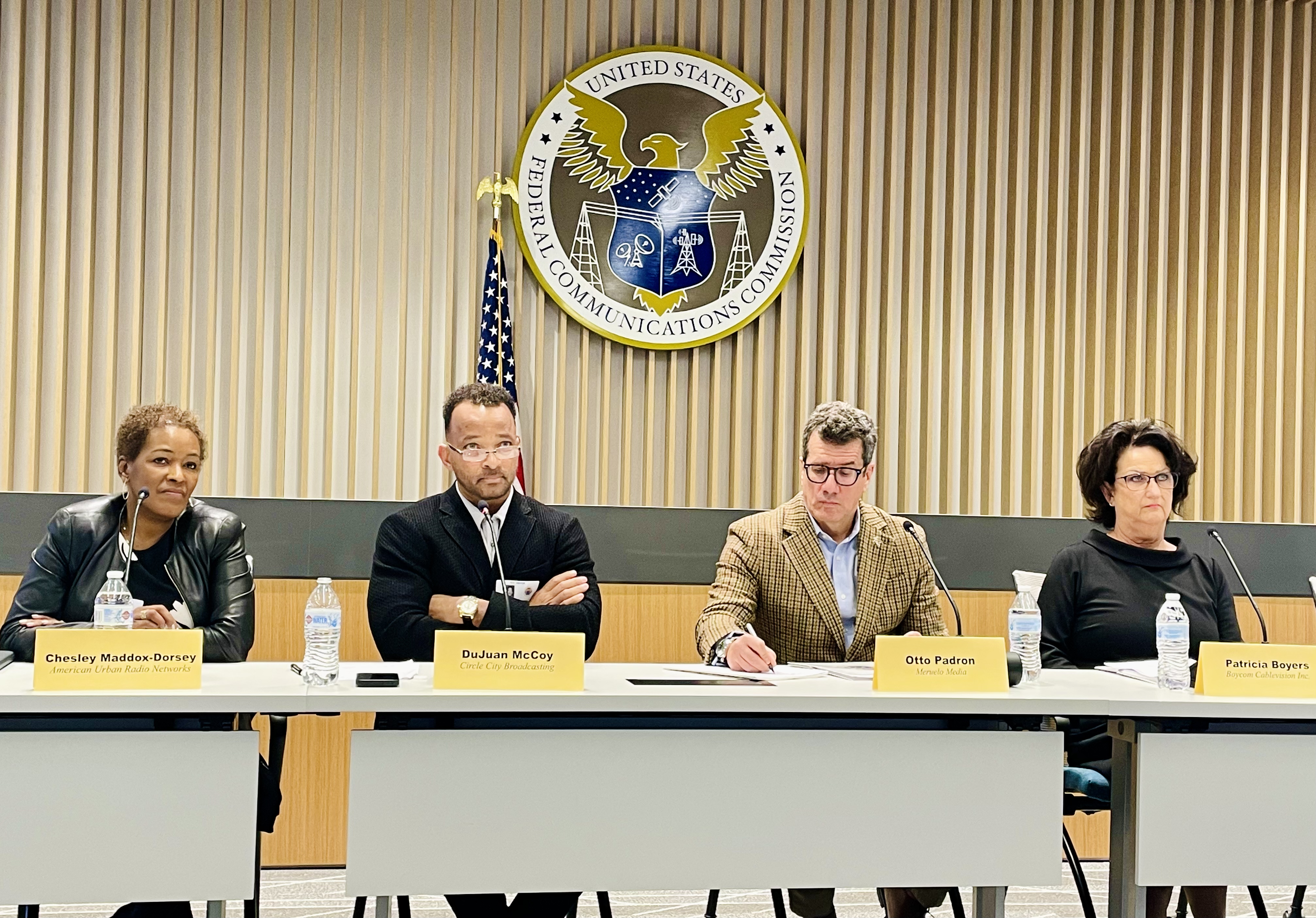 |
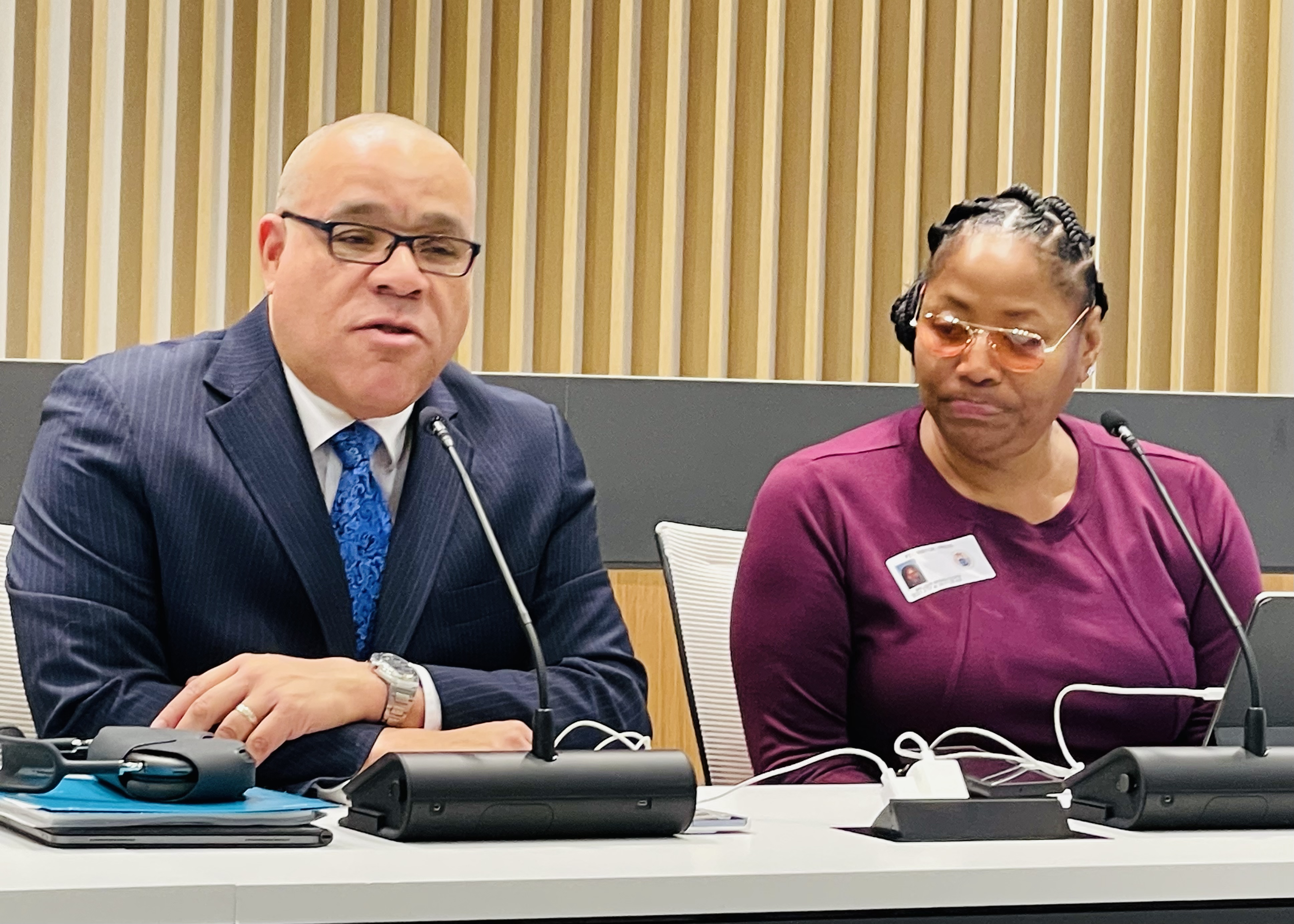 |
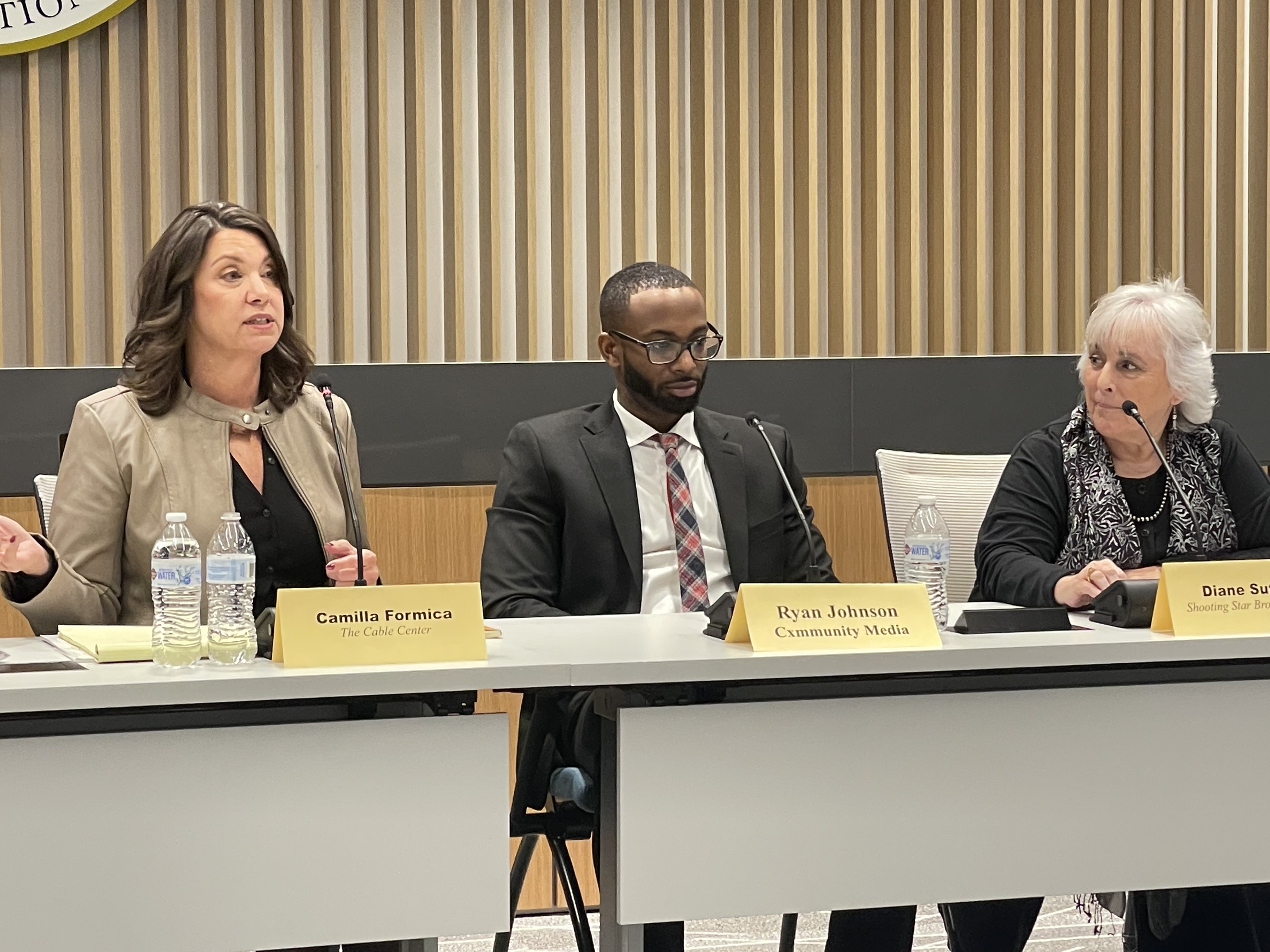 |
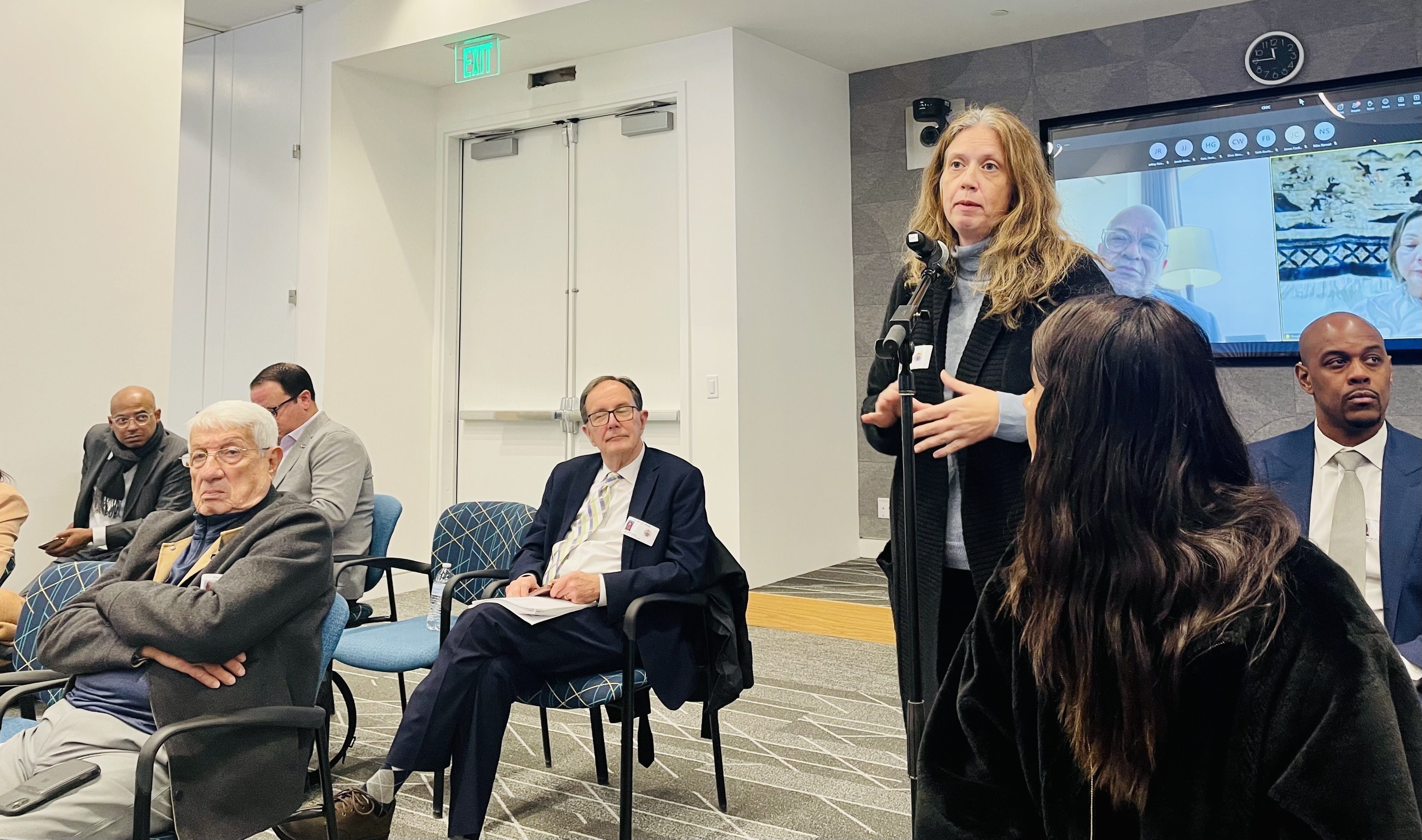 |
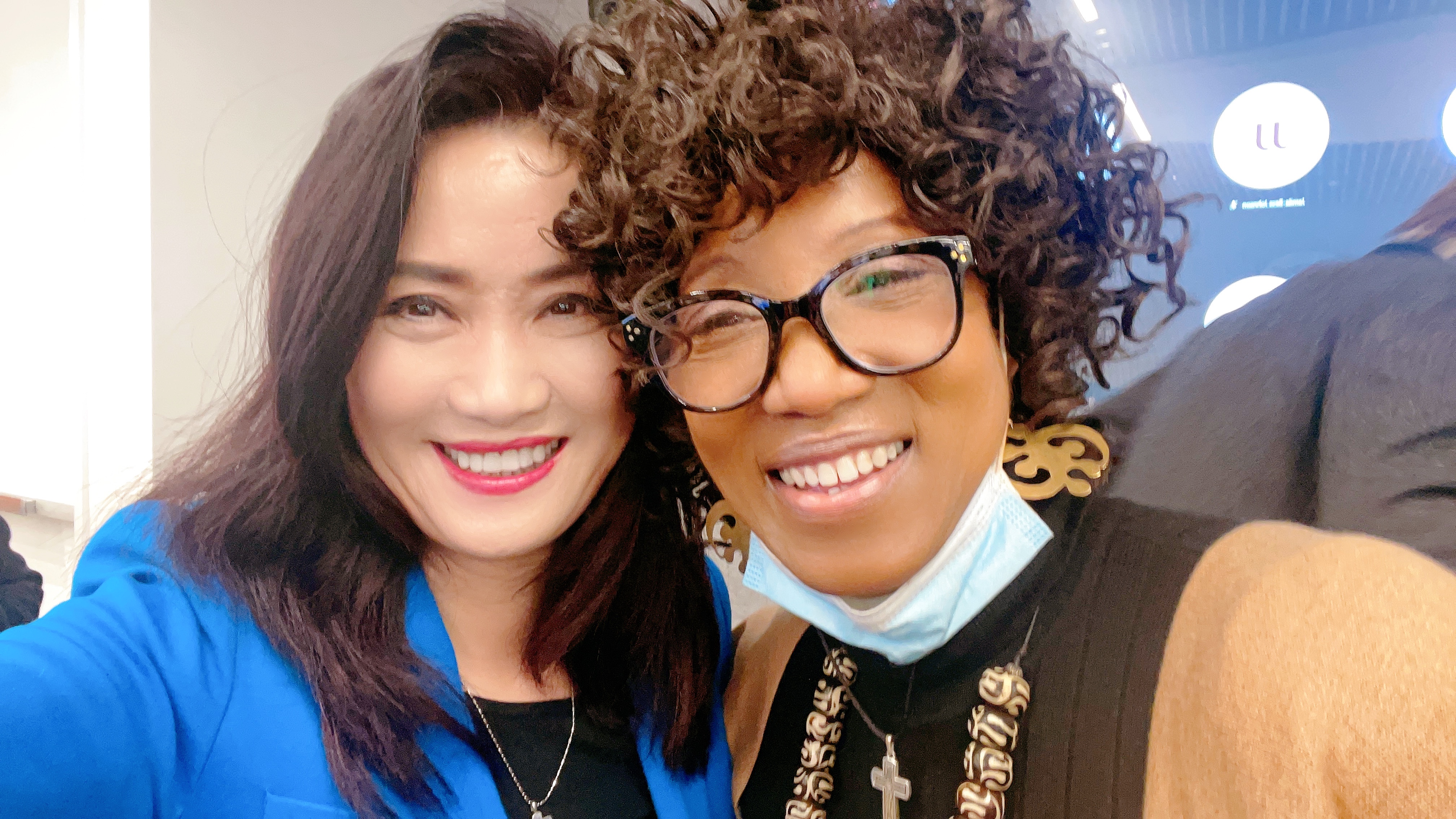 |
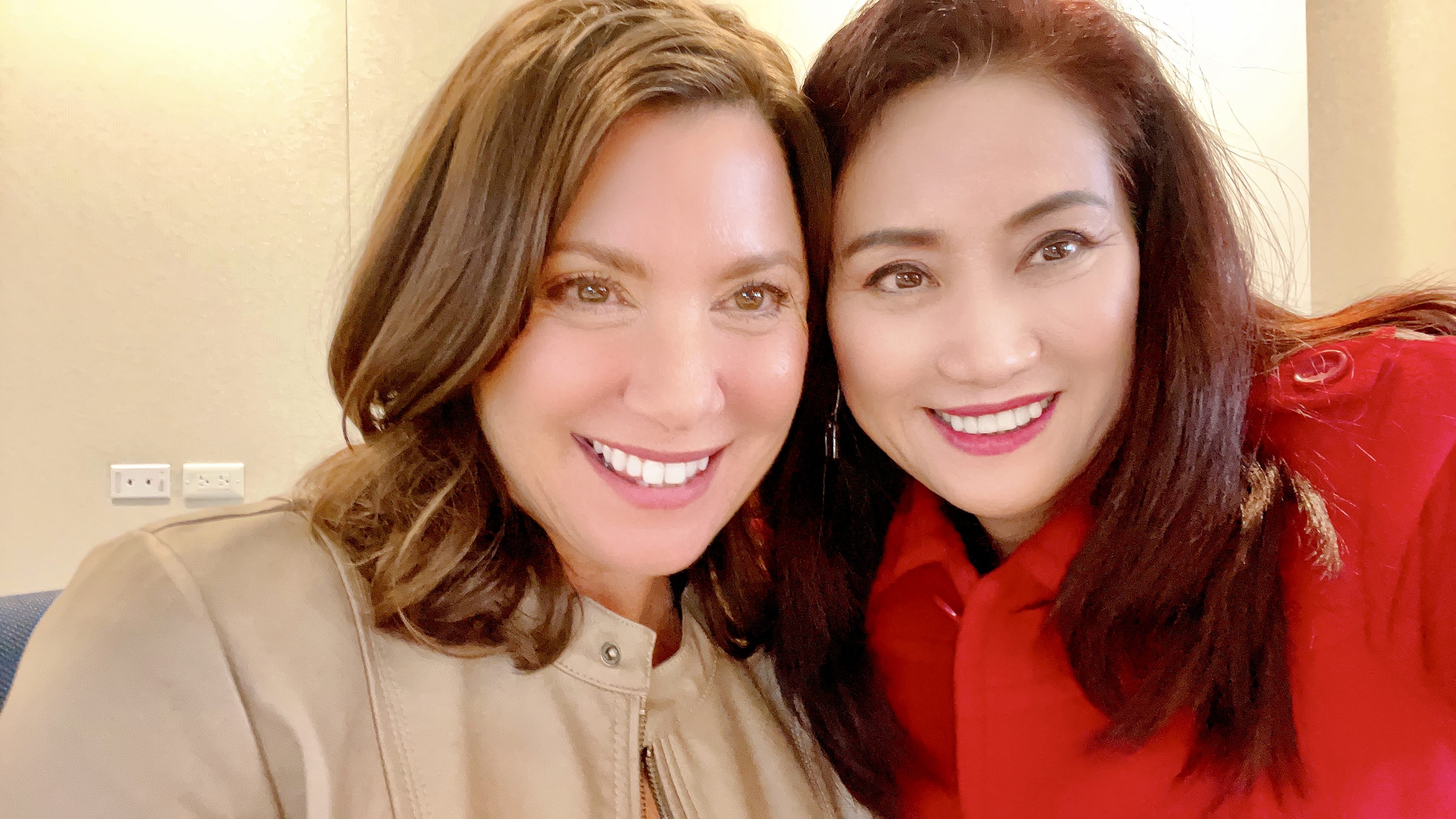 |
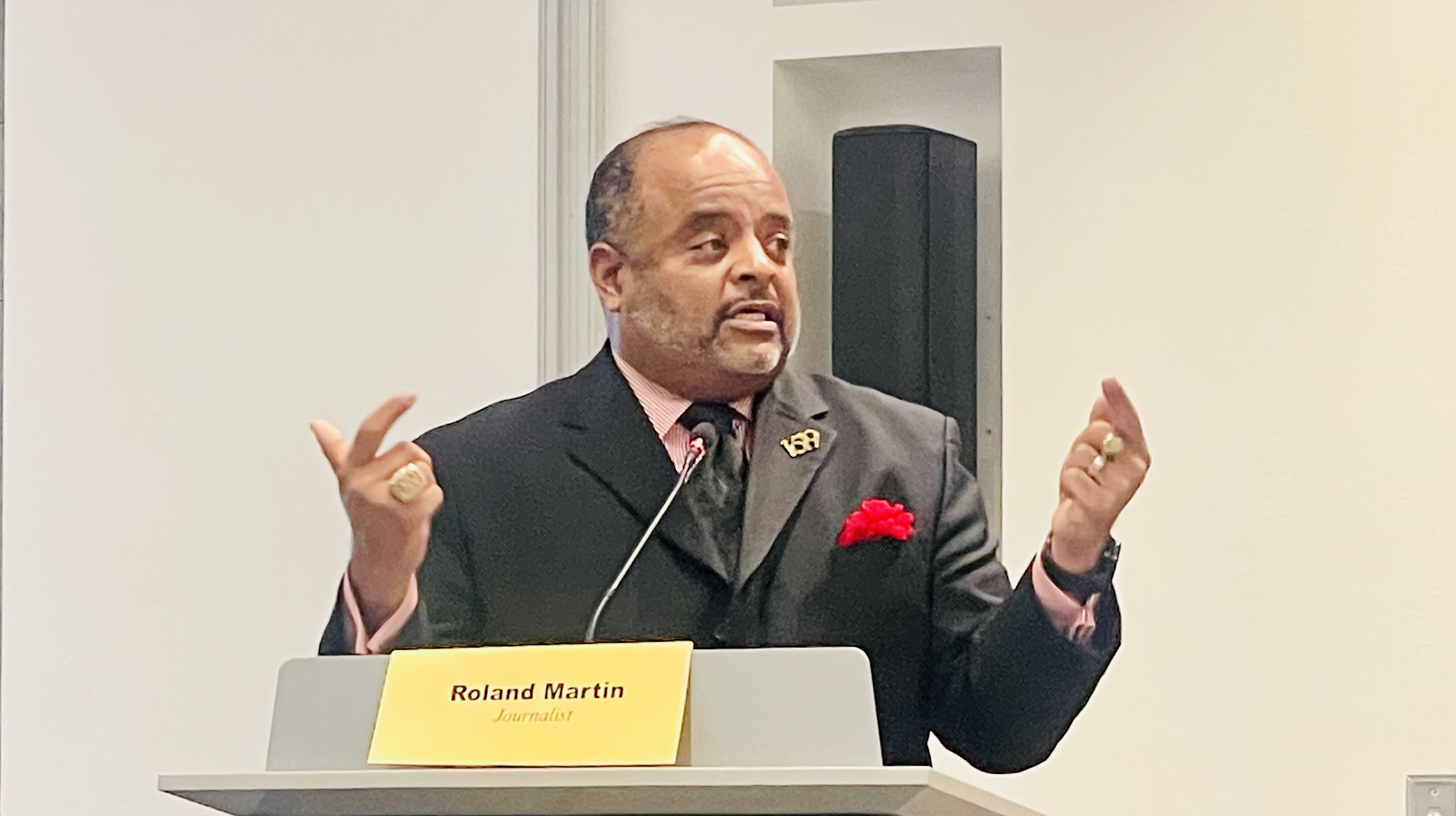 |
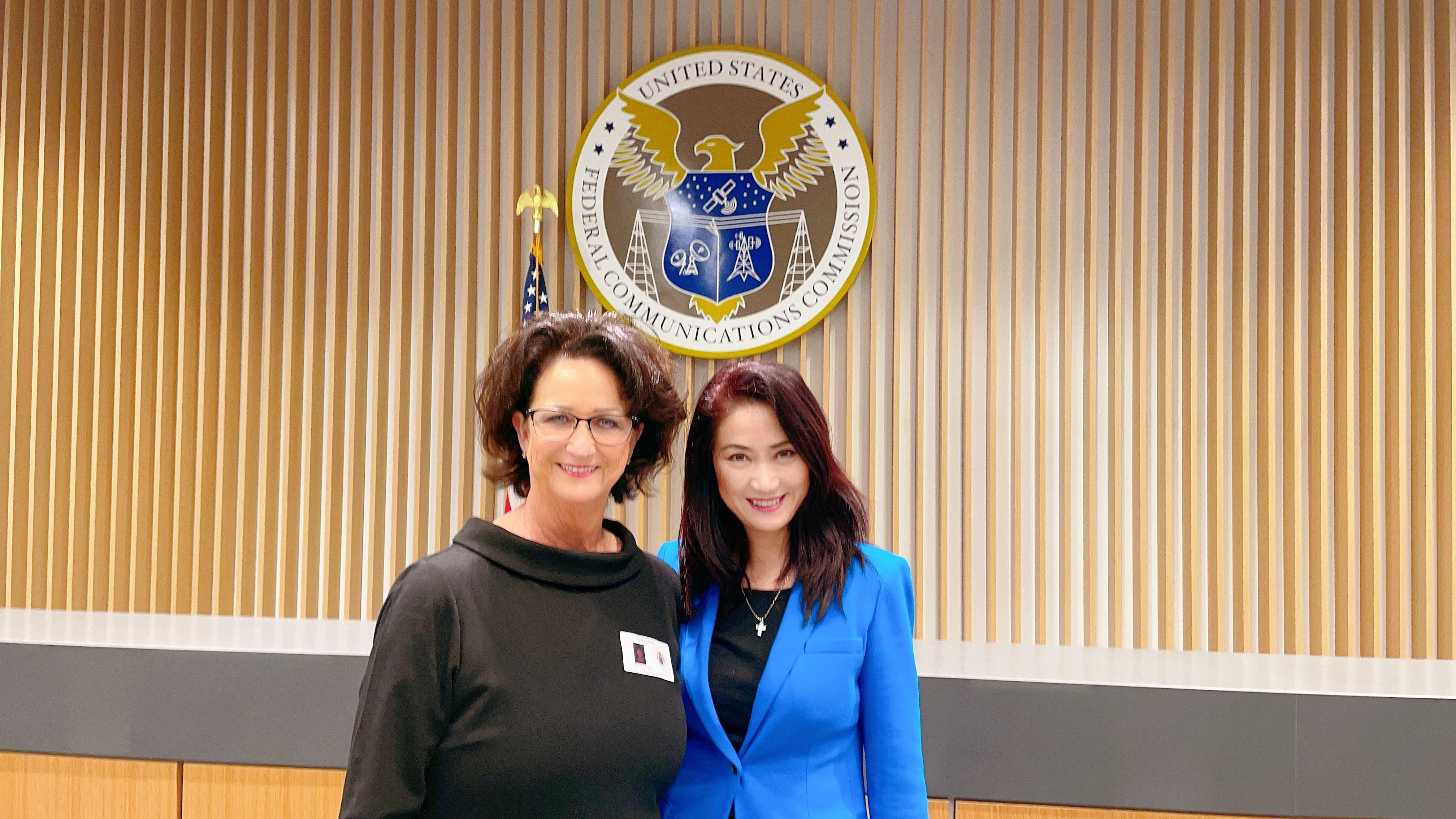 |
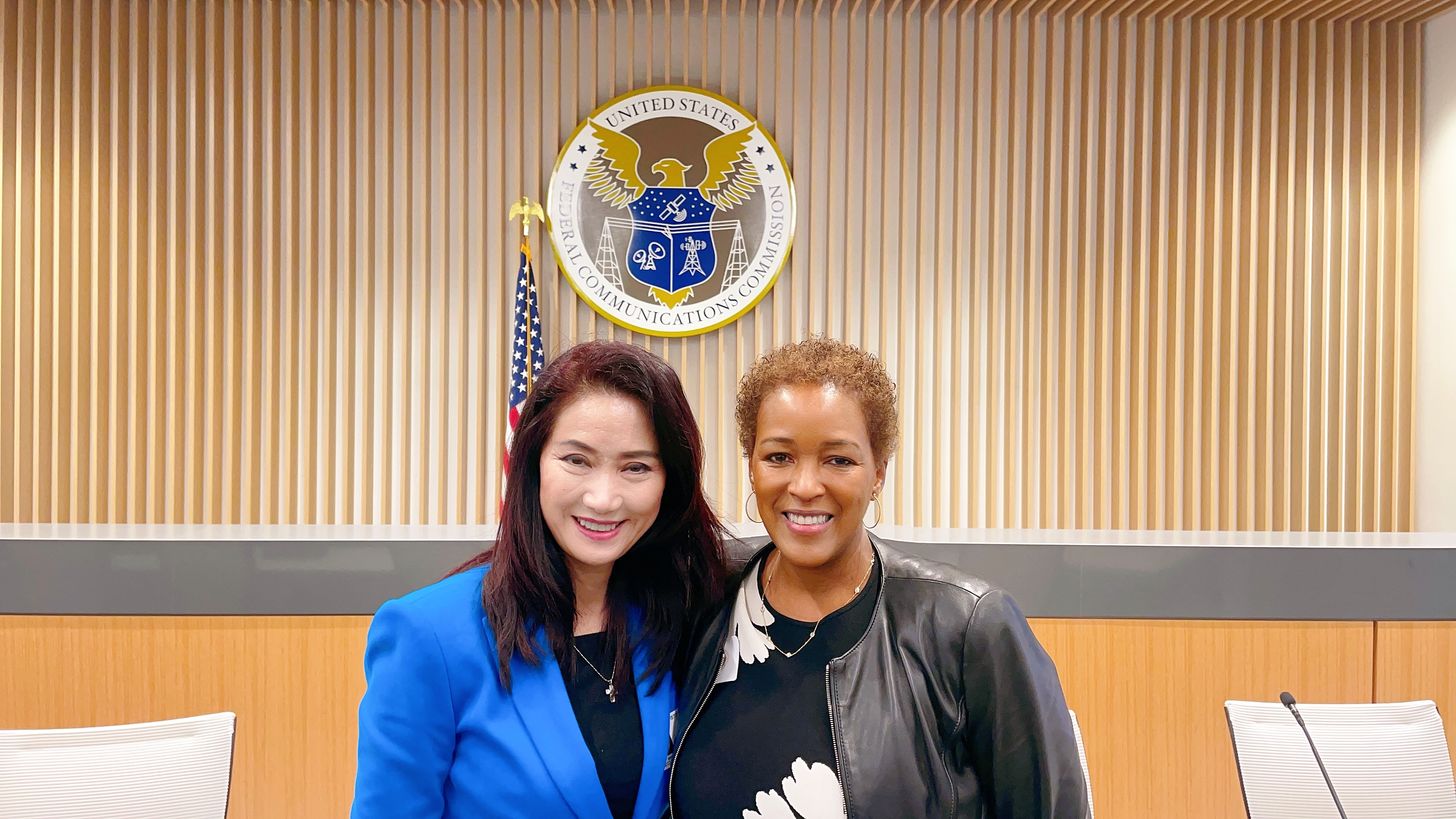 |
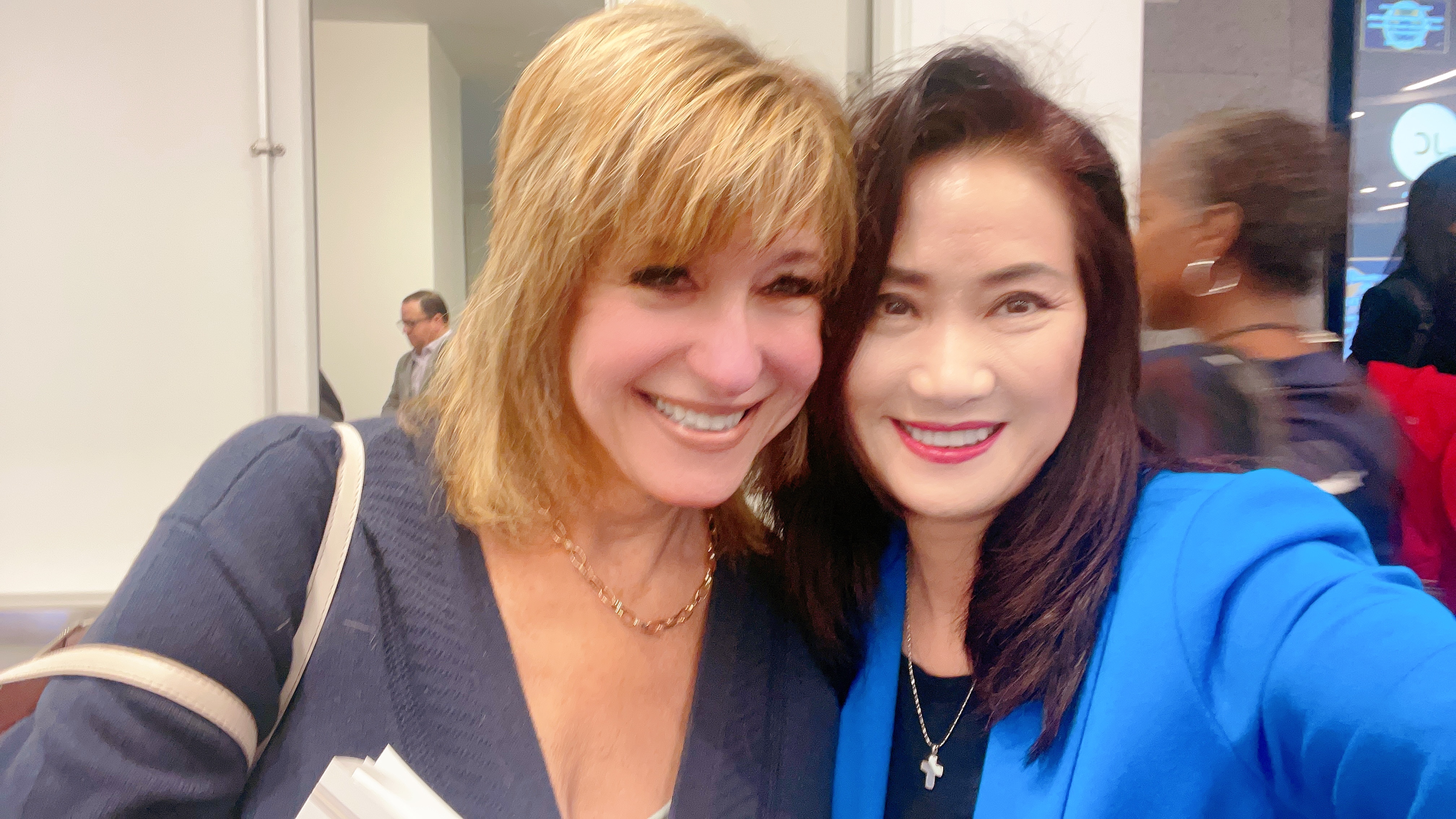 |
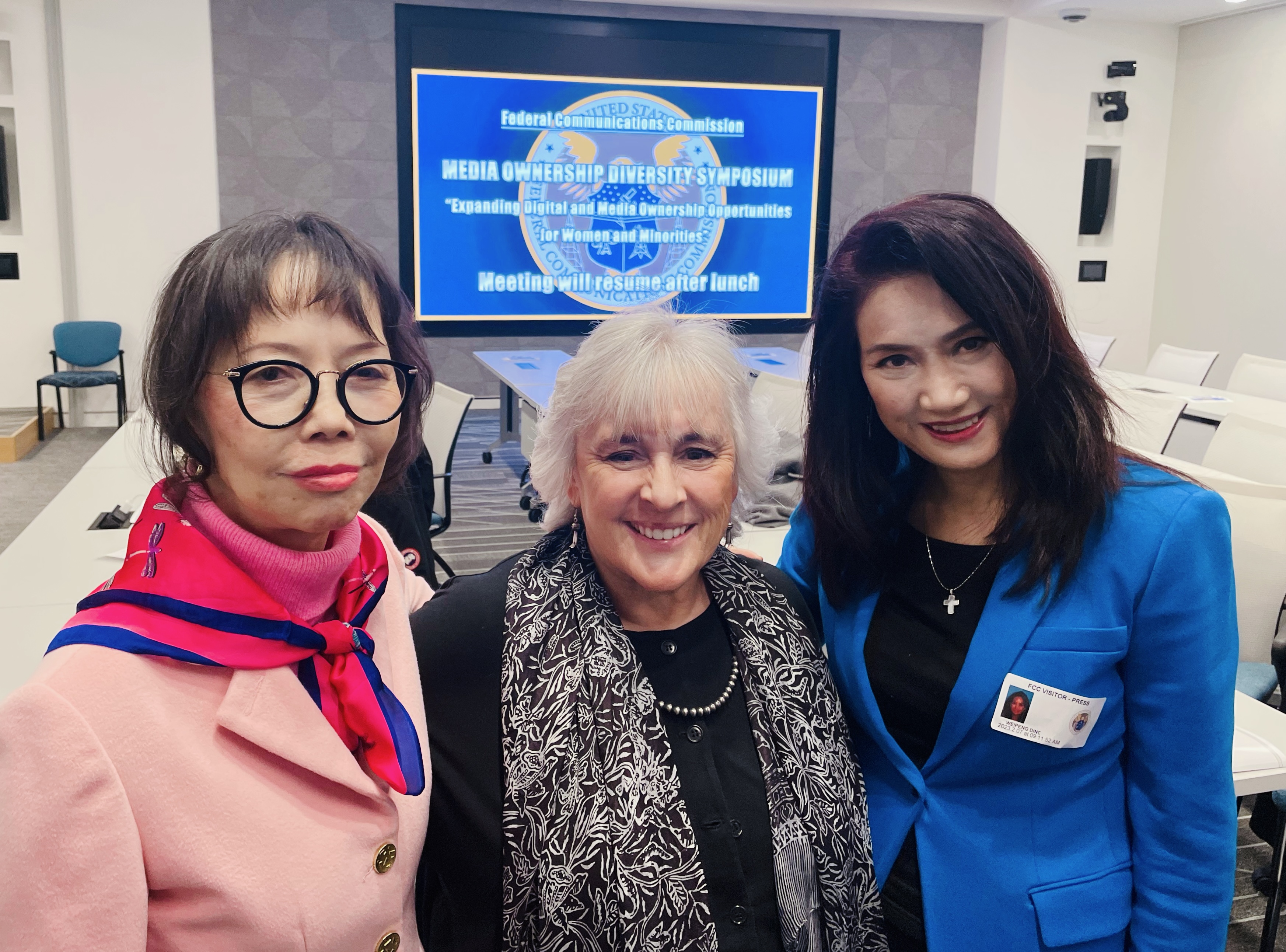 |
 |
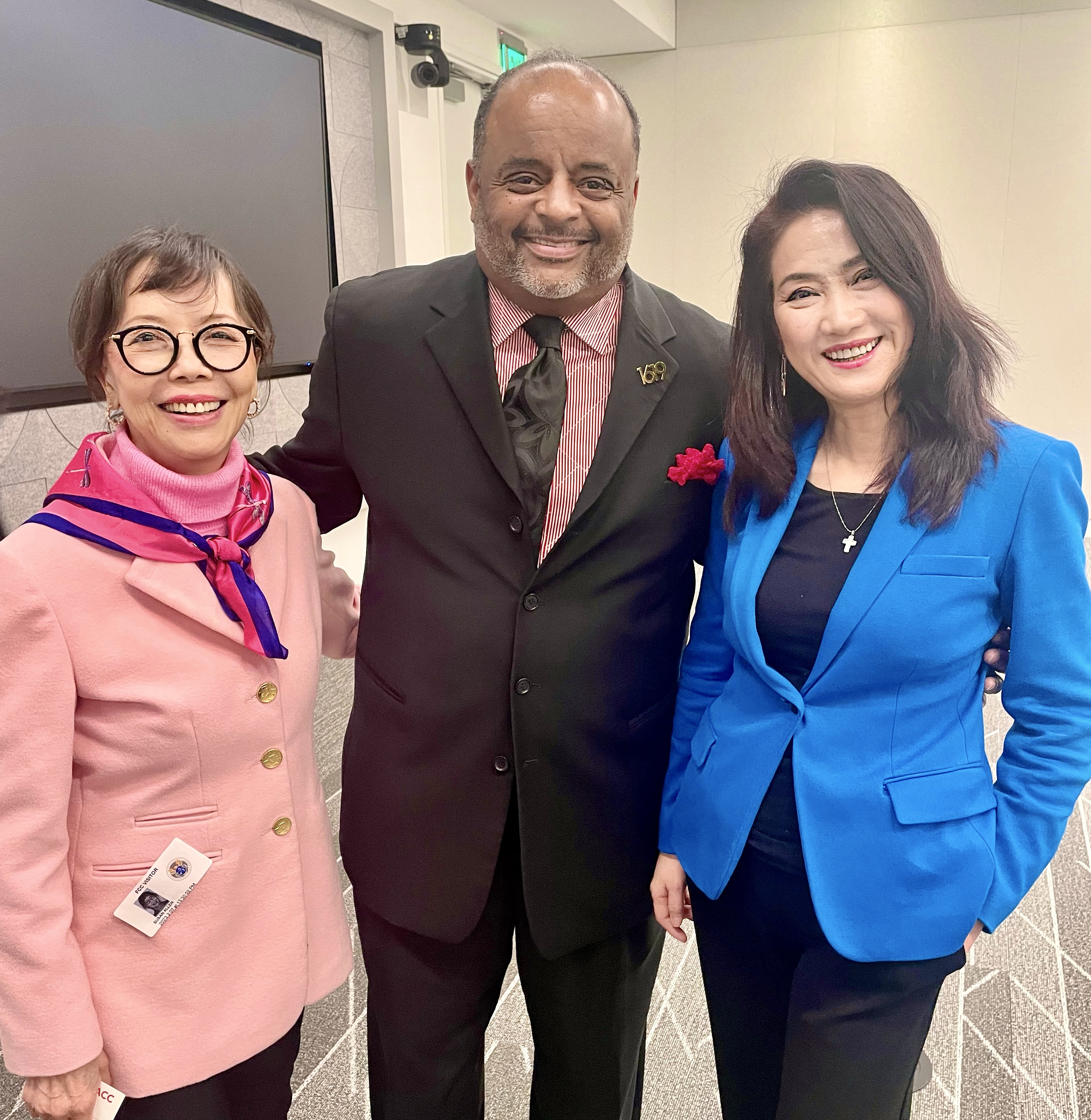 |
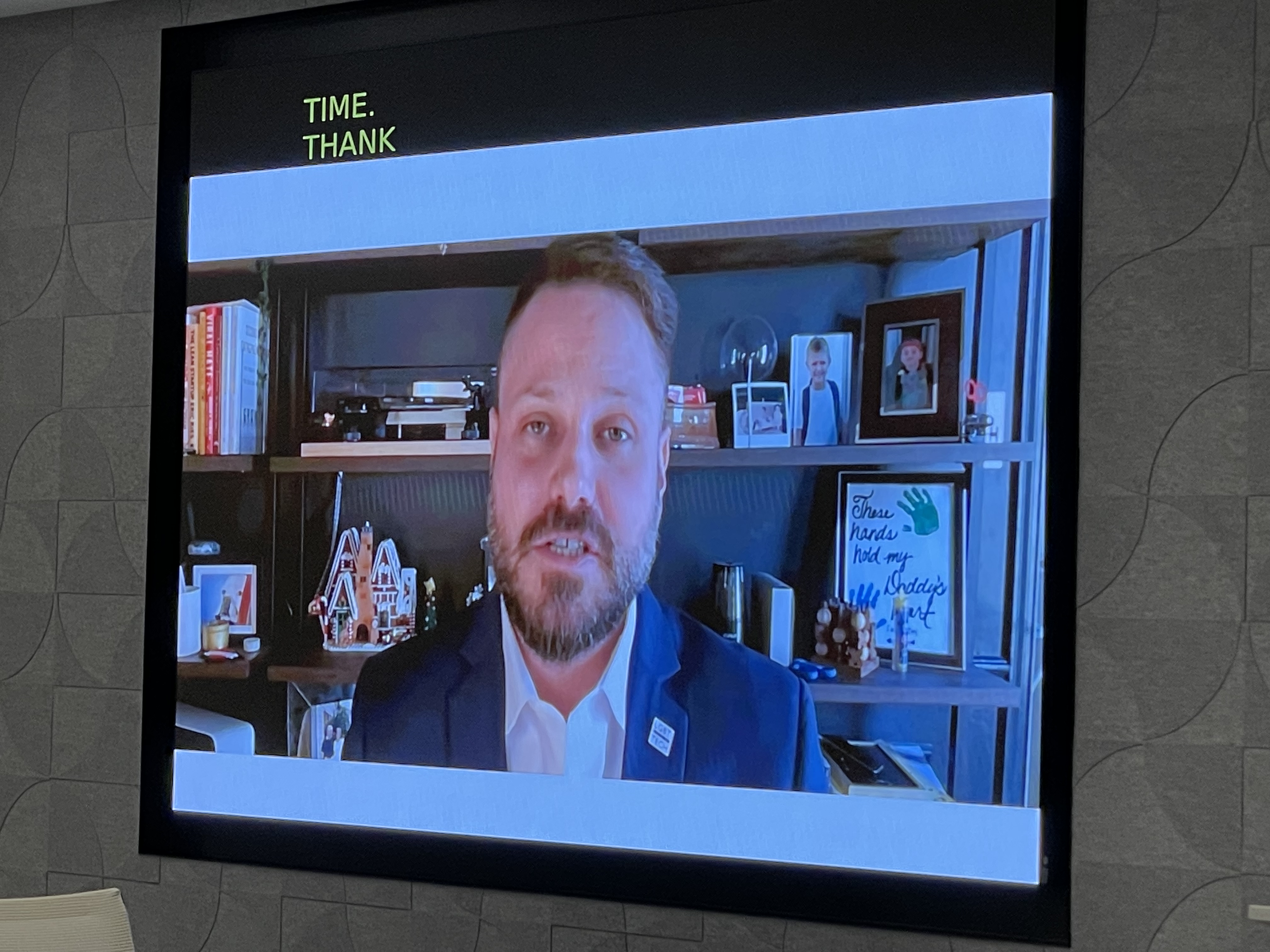 |






